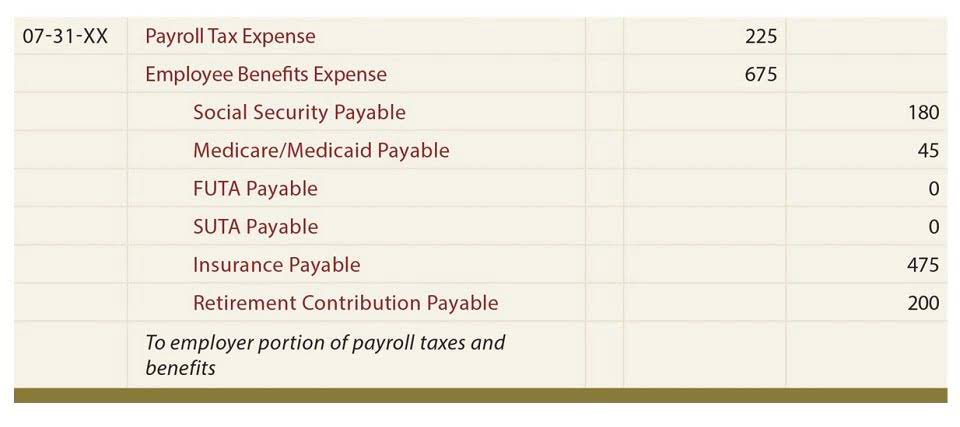Net Operating Income NOI: Definition, Calculation, Components, and Example
Companies can choose to present their operating profit figures in place of their net profit figures, as the net profit of a company contains the effects of taxes and interest payments. If a company has a particularly high debt load, the operating profit may present the company’s financial situation more positively than the net profit reflects. The Operating Income metric represents the profitability of a company’s core operating activities over a specified time period.
- Operating income, often referred to as EBIT or earnings before interest and taxes, is a profitability formula that calculates a company’s profits derived from operations.
- NOI equals all revenue from the property, minus all reasonably necessary operating expenses.
- This process is similar to the overhead allocation process you learned in studying product, process, or activity-based costing.
- Net operating income is revenue less all operating expenses while net income is revenue less all expenses, including operating expenses and non-operating expenses, such as taxes.
- However, it also includes any tax expenses that relate to the calculation.
Usually, this figure can help in measuring a company’s operating efficiency. There are two formulas to calculate after-tax operating income, as mentioned above. Apart from the above formula for after-tax operating income, there is an alternative method to calculate this figure.
What Is the Formula for Calculating NOI?
In almost all cases, operating income will be higher than net income because net income often deducts more expenses than operating income. For this reason, net income is often the last line reported on an income statement, while operating income is usually found a few lines above it. Because operating income deducts less expenses than net income, it is usually a higher calculated amount. Operating income is a measurement that shows how much of a company’s revenue will eventually become profits considering its business operations. It’s a measurement of what money a company makes only looking at the strictly operational aspect of its company.
- Big Bad Bikes developed a flexible budget that shows the change in income and expenses as the number of units changes.
- Typically, the number of hours is computed and then multiplied by an hourly rate, so the total direct labor cost is known.
- The net operating income is the gross operating income, minus operating expenses.
- Each business is unique and every industry has its nuances, but these items are general enough to apply to most industries.
- While revenue does not incorporate any expenses, operating income does.
But some companies’ management misuses this and does fraud by changing the value of revenue and delaying expenses which are against the GAAP principle of accounting. Investors, creditors, and company management use this measurement to evaluate the efficiency, profitability, and overall health of a company. Remember, the operating income definition states that it measures the profits from the core business activities without taking into account extraordinary items. The higher the operating income, the more likely the company will be profitable and able to pay off its debt. Ideally, we’d recommend you create your own operating income formula spreadsheet. That way, you can itemize all of your business’ specific operating expenses instead of bundling them together under predetermined values.
Operating Budget
The ending inventory for the current year is based on the sales estimates for the first quarter of the following year. From this amount, the production budget and direct materials budget are calculated and flow to the operating and cash budget. The manufacturing overhead budget includes the remainder of the production costs not covered by the direct materials and direct labor budgets. Based on this allocation process, the variable component will be treated as occurring proportionately in relation to budgeted activity, while the fixed component will be treated as remaining constant.
These profits represent the earnings they can get if the underlying company decides to distribute them. Sales revenue or net sales is the monetary amount obtained from selling goods and services to business customers, excluding merchandise returned and any allowances/discounts offered to customers. Going back to your example, investors and creditors acknowledge the fact that Bill has a large loss from his truck, but that doesn’t impact his extremely profitable business activities selling sandwiches. Investors and creditors also follow this number very closely because it gives them an idea of the future scalability of the company. For instance, a positive trending operating profit can indicate that there is more room for the company to grow in the industry. As an example of the latter, consider a scenario where an apartment owner waives a tenant’s yearly $12,000 rent, in exchange for that renter acting as a property manager.
Small Business Owners
Charlene Rhinehart is a CPA , CFE, chair of an Illinois CPA Society committee, and has a degree in accounting and finance from DePaul University. Over 1.8 million professionals use CFI to learn accounting, financial analysis, modeling and more. Start with a free account to explore 20+ always-free courses and hundreds of finance templates and cheat sheets. When starting a new business, one of the first steps is creating a logo and brand standards. Only some have the budget for a professional graphic designer, so looking for other solutions is key.
Example of NOI
The direct materials budget illustrates how much material needs to be ordered and how much that material costs. The calculation is similar to that used in the production budget, with the addition of the cost per unit. Operating budgets are a primary component of the master budget and involve examining the expectations for the primary operations of the business. Assumptions such as sales in units, sales price, manufacturing costs per unit, and direct material needed per unit involve a significant amount of time and input from various parts of the organization. Revenue created through the sale of assets is not included in the operating profit figure, except for any items created for the explicit purpose of being sold as part of the core business.
Operating profit margin is calculated by dividing operating income by revenue. Operating income is similar to a company’s earnings before interest and taxes (EBIT); it is also referred to as the operating profit or recurring profit. Both measurements calculate the amount of money a company earned less a few noncontrollable costs. Technically, EBIT may include other operating expenses outside of interest and taxes but for most companies, these two calculations will be the same. Gross profit is the net profit earned after the cost of goods sold is subtracted from net revenue. Operating expenses are the selling, administrative, and general expenses necessary to operate a business, though this does not include interest or taxes.
How to Calculate Your Operating Expenses
The estimated sales of \(3,500\) and the desired ending inventory of \(1,350\) (\(30\%\) of the next quarter’s estimated sales of \(4,500\)) determines that \(4,850\) units are required during the quarter. The beginning inventory is estimated to be \(1,050\), which means the number of units that need to be produced during the first quarter of year 2 is \(3,800\). As shown in Figure //accounting-services.net/how-to-calculate-a-budgeted-operating-income/ 7.10, the number of units produced each quarter multiplied by the number of hours per unit equals the required direct labor hours needed to be scheduled in order to meet production needs. The estimated sales of 3,500 and the desired ending inventory of 1,350 (30% of the next quarter’s estimated sales of 4,500) determines that 4,850 units are required during the quarter.






近期评论